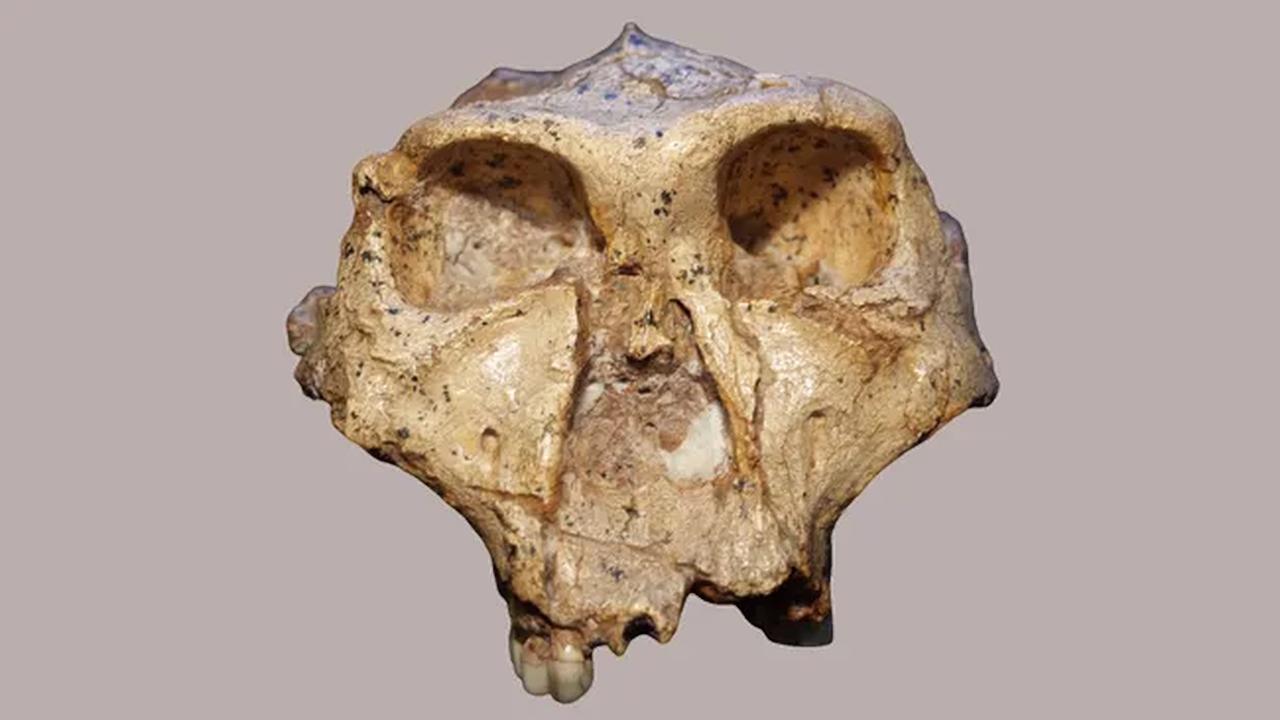
Scientists have discovered that small clusters of pits found in the tooth enamel of some extinct human relatives may actually be genetic markers. These mysterious features, observed in certain ancient hominin species, could shed new light on evolution studies.
According to the new study, extinct human cousins known as Paranthropus had molars marked by “circular, shallow, and regularly patterned” pits. Unlike common dental damage caused by environmental factors such as poor nutrition, which usually leaves isolated marks or grooves, these pits appear in organized clusters.
Researchers examined teeth from various hominins that lived in Africa between 3.4 million and 1.1 million years ago. They found that these unique pit patterns were especially widespread among Paranthropus specimens, nearly half showed signs of this feature.
In contrast, over 500 teeth from Australopithecus africanus showed no trace of such patterns, suggesting that Paranthropus may not have evolved from this species. Interestingly, similar pits were detected in some East African hominins, hinting that Paranthropus might have descended from ancestors in that region.
The study also identified a few instances of these pits in Homo floresiensis, commonly known as the “hobbit.” This suggests that the species may have more ancient roots than previously believed.